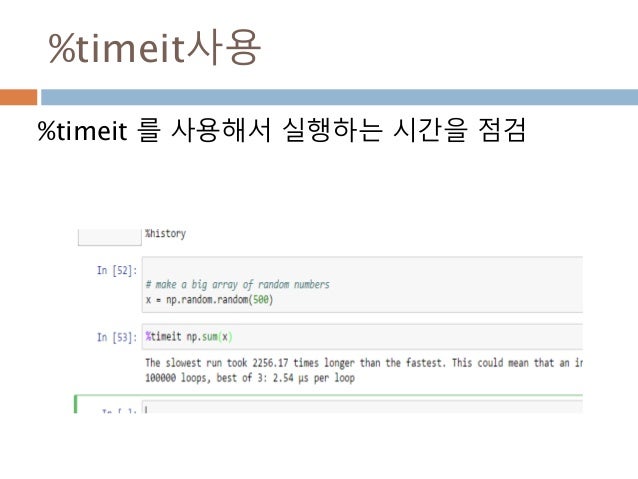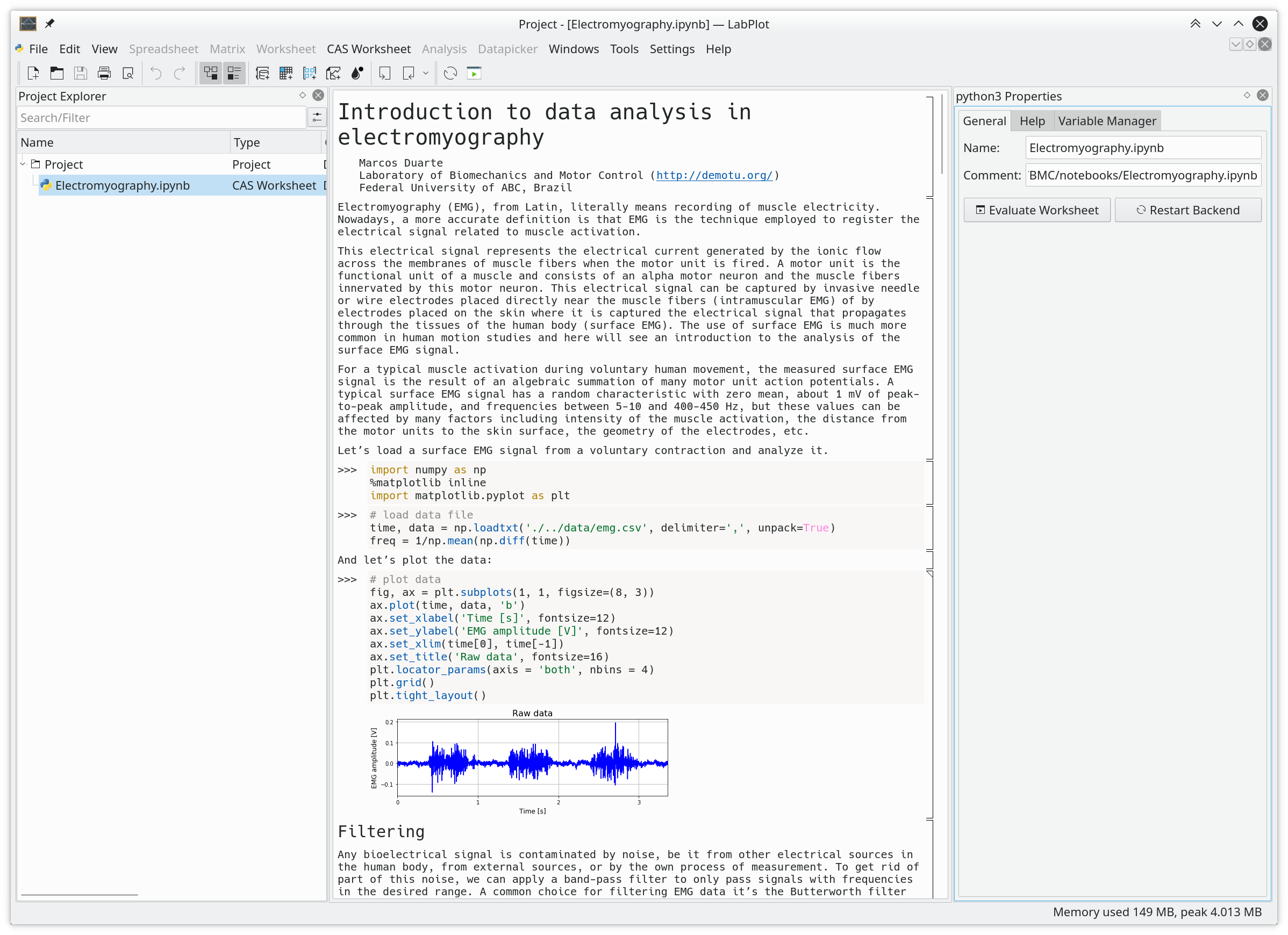

- #JUPYTER NOTEBOOK TUTORIAL HOW TO#
- #JUPYTER NOTEBOOK TUTORIAL SOFTWARE#
- #JUPYTER NOTEBOOK TUTORIAL CODE#
#JUPYTER NOTEBOOK TUTORIAL CODE#
This will bring the cell into command mode.Ĭode cells are run in order that is, each code cell runs only after all the code cells preceding it have run.

Notebooks allow in-browser editing and execution of code and display computation results.

#JUPYTER NOTEBOOK TUTORIAL SOFTWARE#
Jupyter notebooks combine software code, computational output, explanatory text, and rich content in a single document. Jupyter notebooks provide an interactive computational environment for developing data science applications. What is a Jupyter notebook?Ĭomputation notebooks have been used as electronic lab notebooks to document procedures, data, calculations, and findings.
#JUPYTER NOTEBOOK TUTORIAL HOW TO#
There are plenty of great resources available if you want to learn how to build ML models. An example notebook will be used to explain the notebook concepts and workflow. You'll learn about Jupyter notebooks by building a machine learning model to detect anomalies in the vibration data for pumps used in a factory. This article is geared toward developers who want to understand machine learning and how to carry it out with a Jupyter notebook. Similarly, I’d heard of Jupyter notebooks but didn’t really know what they were or how to use one. As stated in the documentation on GitHub, the blueprint enables declarative specifications that can be organized in layers and that define all the components used within an edge reference architecture, such as hardware, software, management tools, and tooling.Īt the beginning of the project, I had only a general understanding of machine learning and lacked the practitioner's knowledge to do something useful with it. This demo is part of the AI/ML Industrial Edge Solution Blueprint announced last year. Recently, I was working on an edge computing demo that uses machine learning (ML) to detect anomalies at a manufacturing site.


 0 kommentar(er)
0 kommentar(er)
